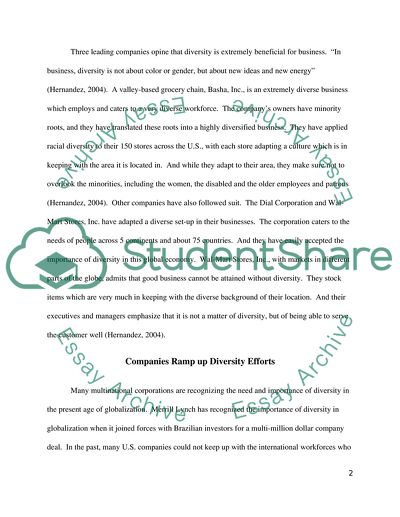Cite this document
(“Not Found (#404) - StudentShare”, n.d.)
Not Found (#404) - StudentShare. Retrieved from https://studentshare.org/social-science/1722266-economics-of-race-and-gender-and-globalization
Not Found (#404) - StudentShare. Retrieved from https://studentshare.org/social-science/1722266-economics-of-race-and-gender-and-globalization
(Not Found (#404) - StudentShare)
Not Found (#404) - StudentShare. https://studentshare.org/social-science/1722266-economics-of-race-and-gender-and-globalization.
Not Found (#404) - StudentShare. https://studentshare.org/social-science/1722266-economics-of-race-and-gender-and-globalization.
“Not Found (#404) - StudentShare”, n.d. https://studentshare.org/social-science/1722266-economics-of-race-and-gender-and-globalization.


